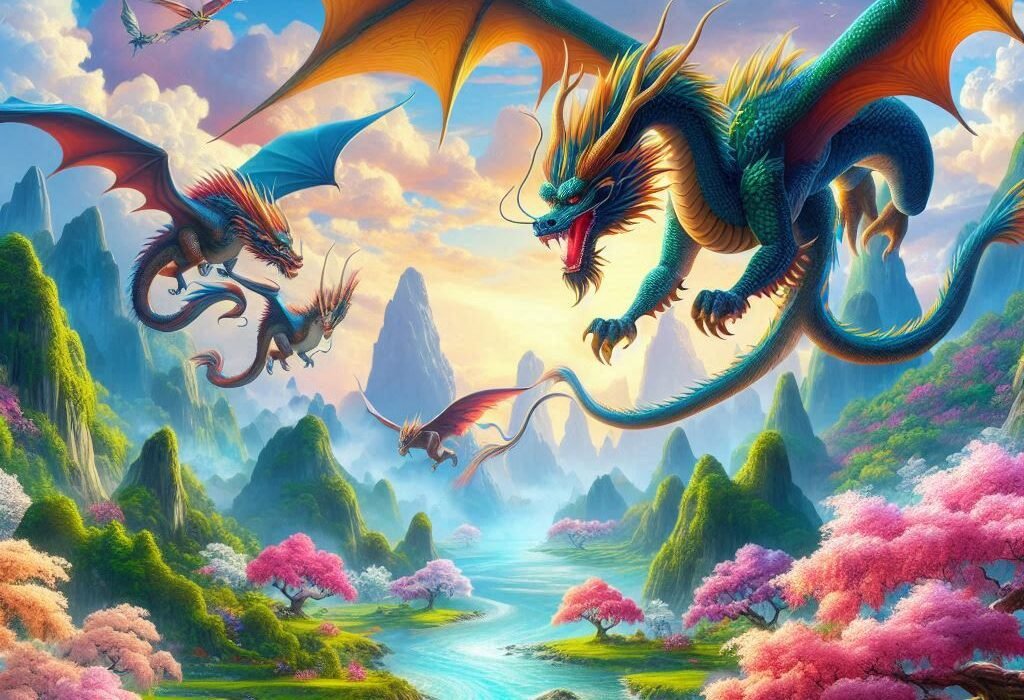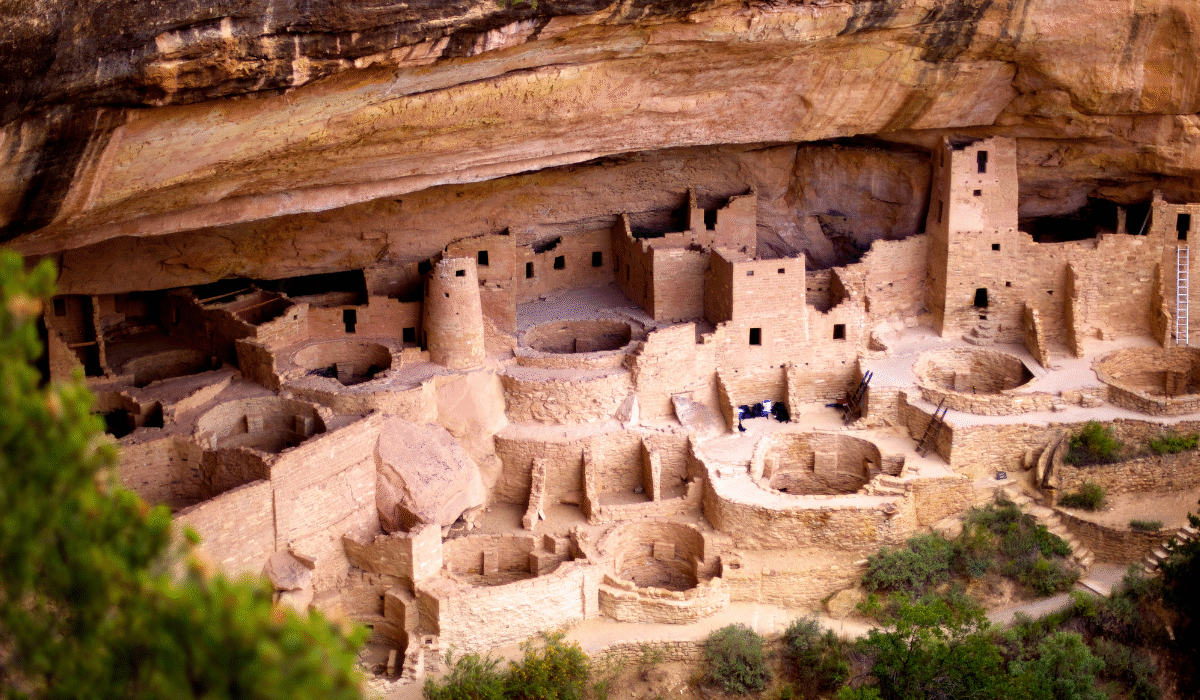Long before the rise of empires and the engraving of laws on stone tablets, humanity told stories. Not just for entertainment, but to make sense of life itself. These weren’t ordinary tales; they were myths—sacred narratives that carried cosmic truths, divine commandments, and ancestral wisdom. They whispered through the halls of temples and thundered across battlefields. They were chanted by priests and murmured by children at twilight. Myths shaped the ancient world not merely as stories, but as the scaffolding of civilization.
While modern minds often dismiss myths as mere fables, in antiquity they were profound tools. They explained the origins of the world, structured political power, regulated moral behavior, and inspired monumental architecture. These myths weren’t lies. They were truths cloaked in the garments of imagination.
Mesopotamia: Where Heaven First Kissed Earth
In the fertile crescent of Mesopotamia, the world’s first known civilization emerged, and so did some of its earliest myths. The Babylonian “Enuma Elish,” dating back more than 3,000 years, told of a primordial chaos from which gods were born. The story of Marduk, the heroic god who slays the sea monster Tiamat to create the cosmos, was more than just a cosmic drama. It was a political allegory. Marduk’s ascendancy mirrored Babylon’s rise to power. In accepting Marduk as king of the gods, cities legitimized Babylon’s dominance.
Myths in Mesopotamia served other purposes too. The Epic of Gilgamesh, one of the oldest known works of literature, wasn’t just a tale of friendship and immortality. It was an existential inquiry. Gilgamesh, after losing his companion Enkidu, embarks on a desperate search to escape death. His journey, ultimately futile, mirrors humanity’s eternal struggle to find meaning in mortality.
These Mesopotamian myths were not confined to temple walls. They infused law, governance, agriculture, and even astronomy. They charted the stars and plowed the fields. For the ancients, to tell a myth was to engage with the sacred fabric of existence.
Egypt: Divine Order and the Mirror of Eternity
Where the Nile carved its green lifeline through desert sands, another mythic world flourished. Egyptian mythology was obsessed with order—Ma’at, the principle of cosmic harmony. In contrast to the chaos of the unknown, Ma’at was justice, balance, and truth. And it was embodied in stories.
One of the most powerful was the myth of Osiris, the benevolent king who was betrayed by his brother Set, dismembered, and scattered across Egypt. Through the love and magic of his wife Isis, Osiris was reassembled and resurrected—not as king of the living, but as lord of the dead. This myth shaped Egyptian religion for millennia. It explained the cycles of nature, death, and rebirth. It justified the pharaoh’s divine role. Every mummification ritual echoed Osiris’s resurrection. Every judgment of the dead before Anubis’s scales was a reenactment of his trial.
These weren’t merely metaphors. The pyramids themselves were myth in stone—eternal stairways for the soul’s ascension, aligning with the stars to fulfill cosmic destinies. Myths structured every aspect of Egyptian life from governance to farming, embedding spiritual significance in even the mundane.
Greece: Gods, Mortals, and the Theater of the Mind
No civilization bequeathed the world a more vibrant tapestry of mythology than ancient Greece. While Mesopotamian and Egyptian myths emphasized divine authority and cosmic order, Greek myths delighted in complexity, contradiction, and flawed humanity.
Zeus, Hera, Athena, Apollo, and their divine cohort weren’t distant, unknowable forces—they were volatile, passionate, and deeply human. They argued, fell in love, exacted vengeance, and intervened constantly in mortal affairs. Myths like the Iliad and Odyssey were not only epics of war and adventure but blueprints for virtue and heroism. Achilles and Odysseus weren’t just characters—they were moral dilemmas made flesh.
Prometheus, who stole fire from the gods to give to man, was both a rebel and a hero. His suffering spoke to the price of progress and defiance. Pandora, the first woman created by the gods, whose curiosity unleashed suffering upon the world, warned of unchecked desire. Narcissus drowned in self-love. Icarus soared too close to the sun. These were not parables—they were psychological truths.
Greek mythology shaped philosophy, politics, and art. It inspired tragedies in amphitheaters and arguments in academies. Through these myths, the Greeks explored fate, free will, justice, and the nature of man. Even today, echoes of their gods rumble in our language, literature, and understanding of the self.
Rome: Adopting and Rewriting the Divine Narrative
The Romans, pragmatic and power-driven, didn’t invent many myths of their own. Instead, they borrowed liberally from the Greeks, adapting them to fit their own imperial ideology. Jupiter replaced Zeus, Mars became a national symbol, and Venus was reimagined as the mother of Rome.
But the Romans added their own mythic signature. The tale of Romulus and Remus, twin sons of Mars raised by a she-wolf, served as Rome’s origin story. It justified their martial spirit and divine destiny. The story of Aeneas, chronicled in Virgil’s Aeneid, portrayed the Trojans—not the Greeks—as the true ancestors of Rome. In doing so, it connected Rome to the glory of Troy and legitimized Augustus Caesar’s rule as the fulfillment of a cosmic plan.
Myth in Rome wasn’t just entertainment—it was a tool of statecraft. Emperors claimed descent from gods. Temples anchored civic life. Festivals reenacted divine drama. Through myth, Rome fashioned itself as the eternal city—sanctioned by heaven, destined to rule.
India: Infinite Worlds and Eternal Return
In the Indian subcontinent, mythology was less about individual gods and more about the infinite cycles of the universe. Hindu mythology is a vast ocean, rich with symbolism and layered meanings. Unlike the linear narratives of Western myths, Indian myths embraced circular time—endless births, deaths, and rebirths.
The Mahabharata and Ramayana are not merely epics; they are spiritual encyclopedias. Krishna’s discourse in the Bhagavad Gita, delivered on the battlefield, is both a divine command and a metaphysical inquiry. It explores duty, morality, and the illusion of the self.
Gods like Vishnu, Shiva, and Devi are not only cosmic figures—they are expressions of fundamental forces. Vishnu preserves the world, Shiva destroys it, and Devi creates and nurtures. Each mythic cycle—like Vishnu’s ten avatars—maps onto historical epochs and moral lessons.
Myth in India was inseparable from ritual, philosophy, and daily life. It dictated caste roles, festival rhythms, and temple architecture. It wasn’t confined to the past—it was living, evolving, eternal.
China: The Harmonious Cosmos
In ancient China, mythology was deeply intertwined with cosmology and ancestral reverence. The myth of Pangu, the primordial giant who formed the world from chaos, set the stage for a universe governed by balance—yin and yang, heaven and earth.
Myths explained the authority of emperors as the “Sons of Heaven.” The Mandate of Heaven concept, which justified the rise and fall of dynasties, was rooted in myth. If a ruler lost moral virtue, he lost divine favor, and natural disasters were signs of this imbalance.
Nuwa, the goddess who molded humans from clay and repaired the heavens, reflected the nurturing feminine. The eight immortals, with their magical powers, bridged the world of mortals and the divine. Myths in China emphasized harmony—not only with the gods, but with nature, ancestors, and society.
These stories informed Confucian and Daoist thought, guided rituals, and shaped political legitimacy. They were not myths as Westerners understand them—they were truths inscribed into the rhythm of existence.
Mesoamerica: Gods of Blood and Sun
Across the ocean, in the jungles and mountains of the Americas, another mythic cosmos flourished. The Maya, Aztec, and Inca civilizations wove stories that married astronomy, sacrifice, and cosmic struggle.
For the Aztecs, the sun god Huitzilopochtli was locked in a daily battle against darkness. Human sacrifice wasn’t barbarism—it was cosmic necessity. The myths taught that the sun needed nourishment to rise. The city of Tenochtitlán was built at the center of the universe, where myth and geography merged.
The Popol Vuh, the sacred book of the Maya, recounted the adventures of the Hero Twins, who descended into the underworld to defeat death. It was a tale of resurrection and divine wit, echoed in ceremonial ballgames and temple reliefs.
Myths in Mesoamerica weren’t confined to books—they were etched in stone, aligned with stars, and danced into being by priests. They guided rulers, justified wars, and ordered time itself through intricate calendars.
The Enduring Legacy of Ancient Myths
Though millennia have passed, the myths of the ancient world still breathe. They echo in art, psychology, religion, and politics. Freud turned to Oedipus. Jung saw archetypes in every mythic figure. Tolkien borrowed from Norse sagas. Disney reimagines Hercules. We name planets after Roman gods and diagnose narcissism by its mythic roots.
Why do these myths endure? Because they speak to something eternal. They don’t merely explain the world—they explore it. They provide frameworks for identity, morality, mortality, and the divine. They are mirrors reflecting the hopes, fears, and complexities of the human spirit.
In the age of science, one might assume we’ve outgrown myths. But perhaps, as Carl Jung suggested, myths are the dreams of the collective human psyche. We still need them—not as literal truth, but as profound metaphors. They remind us that long before there were facts, there were stories. And stories, it seems, still shape the soul of the world.





